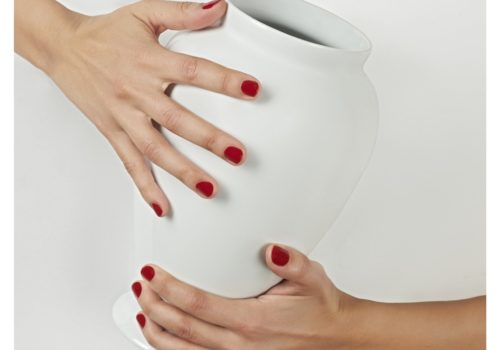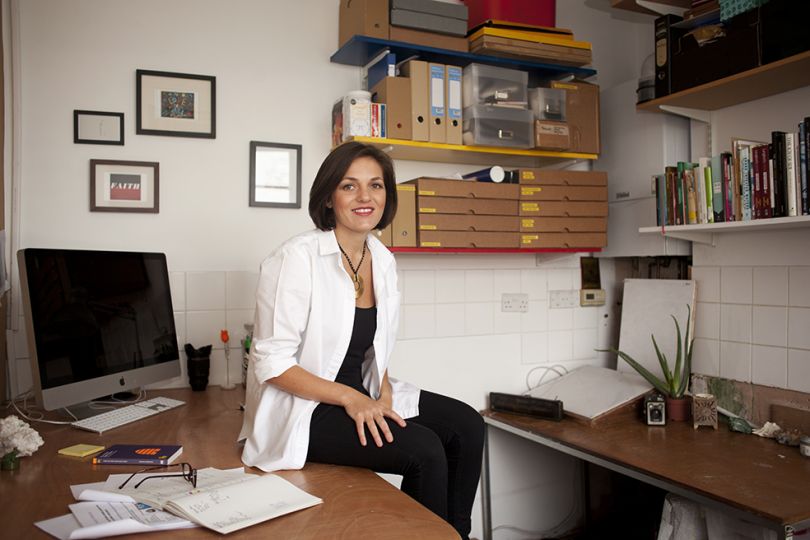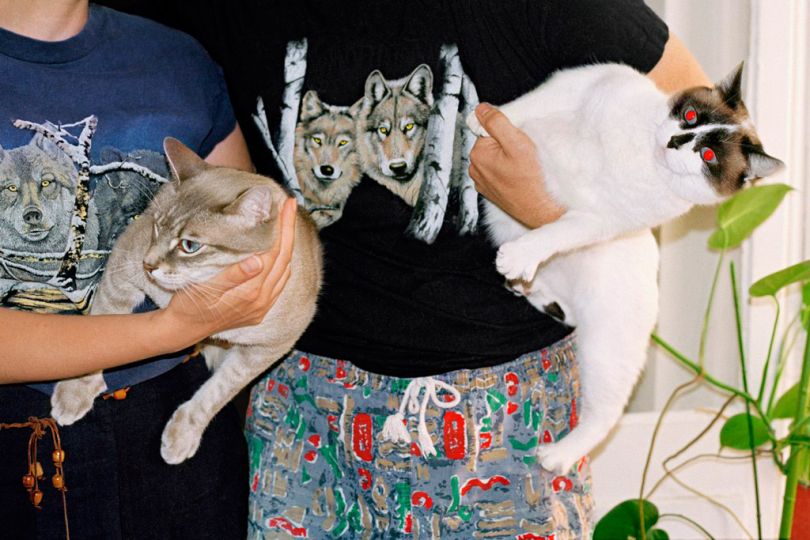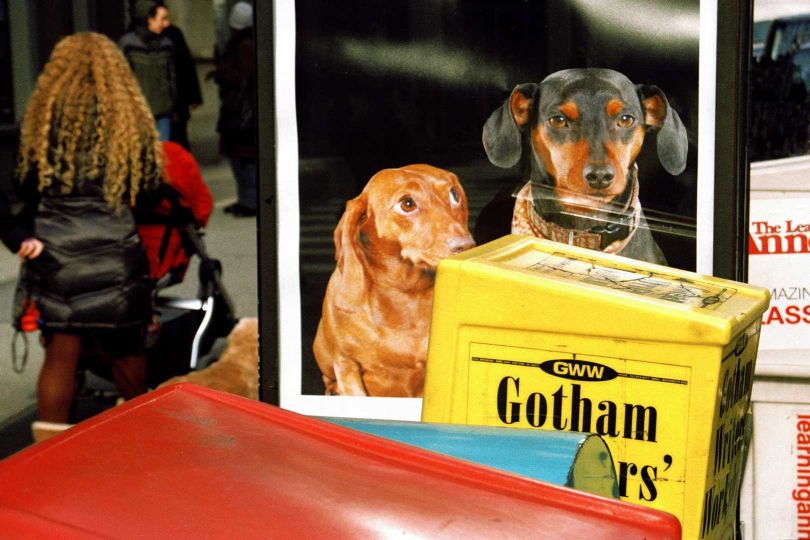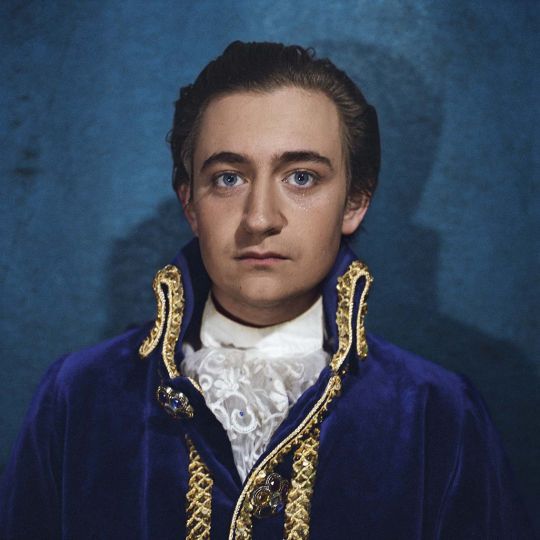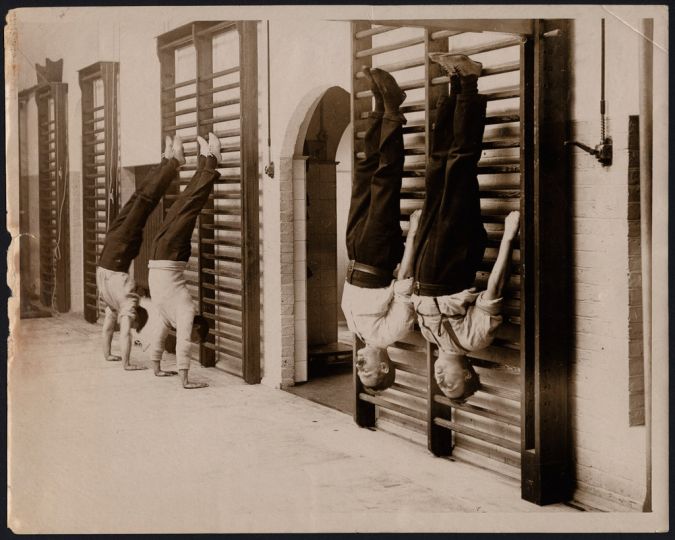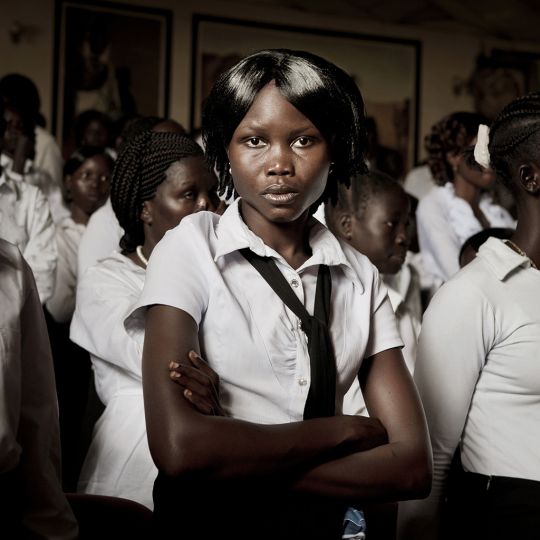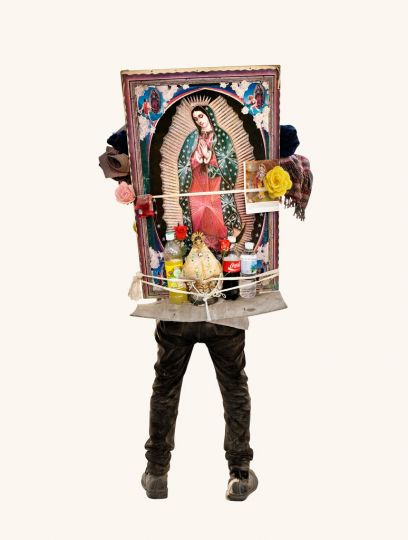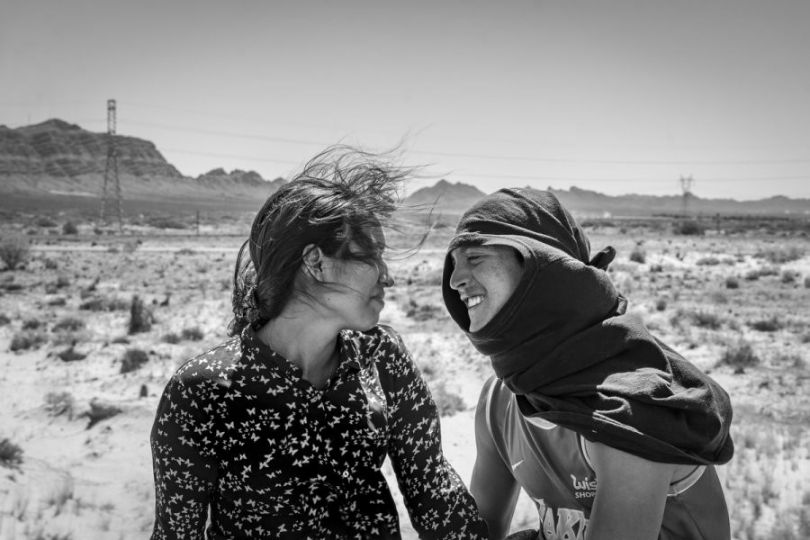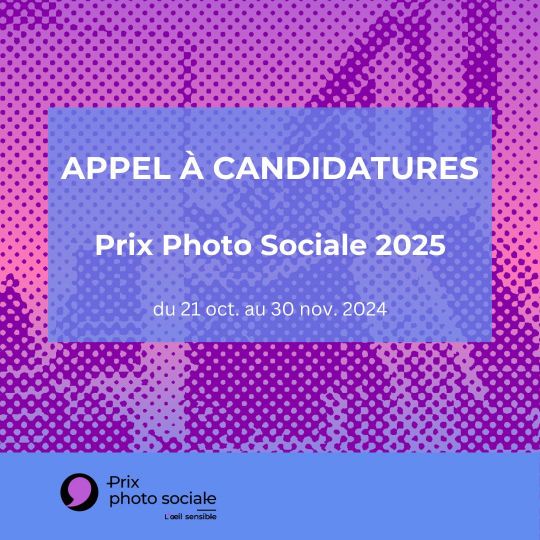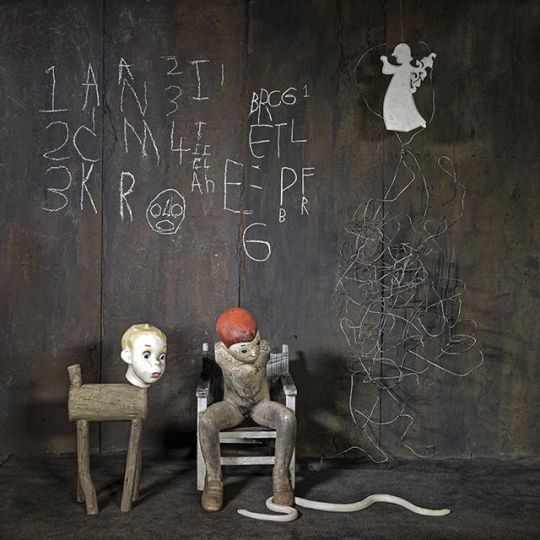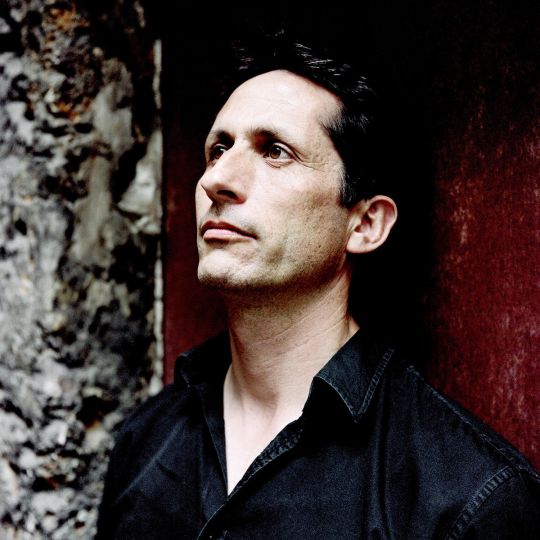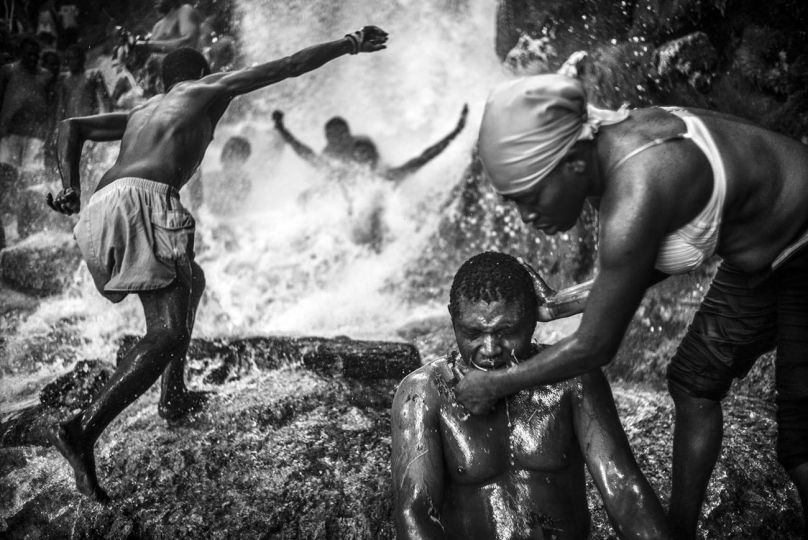Since 2011, the BMW residency at the Musée Nicéphore Nièpce has offered the opportunity for a young photographer chosen by a selection committee to benefit from three months of support from the team of the museum, a budget of 6000€ to accomplish his/ her project, and on-site accommodation. The works produced are then the subject of a co-edition with Éditions Trocadéro and are presented at the Rencontres d’Arles and Paris Photo, both BMW partners. After Alexandra Catière, Marion Gronier, the duo Mazaccio & Drowilal, and Natasha Caruana, it’s Alinka Echeverria’s turn to realize her project “Nicephora” from the museum’s archives.
What attracted you to this residency, when you’ve already won numerous exhibitions and awards?
Rather than having an assignment, I was able to take the time to question photography from as far back as its origin, taking inspiration from Nicéphore Nièpce and its founding principle. It was also an opportunity to use my anthropological background to reflect on a particular methodology of the medium and its inventions, using as a starting point codes of female representation during the colonial era, something synonymous with the quest for exoticism.
You worked with the notion of female representation during the colonial era and the history of links between photography and ceramics. Do you consider your work as that of an activist?
Yes, and as a Mexican woman, I come from a country that has been colonized an I am the result of a mixed background . Consciously or not, the image of Selena Williams on a vase established itself as the possible recognition of a strong, contemporary woman.
How does this vase, which will be reproduced in the same exhibition space at Arles, represent the crystallization of the challenges of this residency ?
It is the result of this parallel that I draw between the history of photography and that of ceramics. At the beginning, these were unique, hand-made pieces just like the first proofs of Daguerre or Talbot. Then it became a ready-made, already seen, already set up and in infinite reproduction, like with ceramics, with a decorative vocation.
Is the visibility at Arles and Paris offered within the framework of the residency an important element in your eyes?
It’s the culmination of a long time spent researching alone being offered to the public. It’s my way of reaching out to others while I’m voluntarily locked up in the museum for three months. People seeing my work, especially other photographers, is crucial.
How do you measure the impact thus far of this residency in your experience?
It was the the first time that I worked with an archive. I think that, each time, there’s a particular context to keep in mind and reflect upon. It was like a pause that let me reflect on my own practice as a photographer, and, without a doubt, it was one of my most personal projects.
INFORMATION
Current exhibition in Museum : L’ivresse du mouvement, Sport et photographie
Tous azimuts (acquisitions récentes et inédites)
Claude Iverné, photographies soudanaises
http://www.museeniepce.com
http://www.bmw.fr

